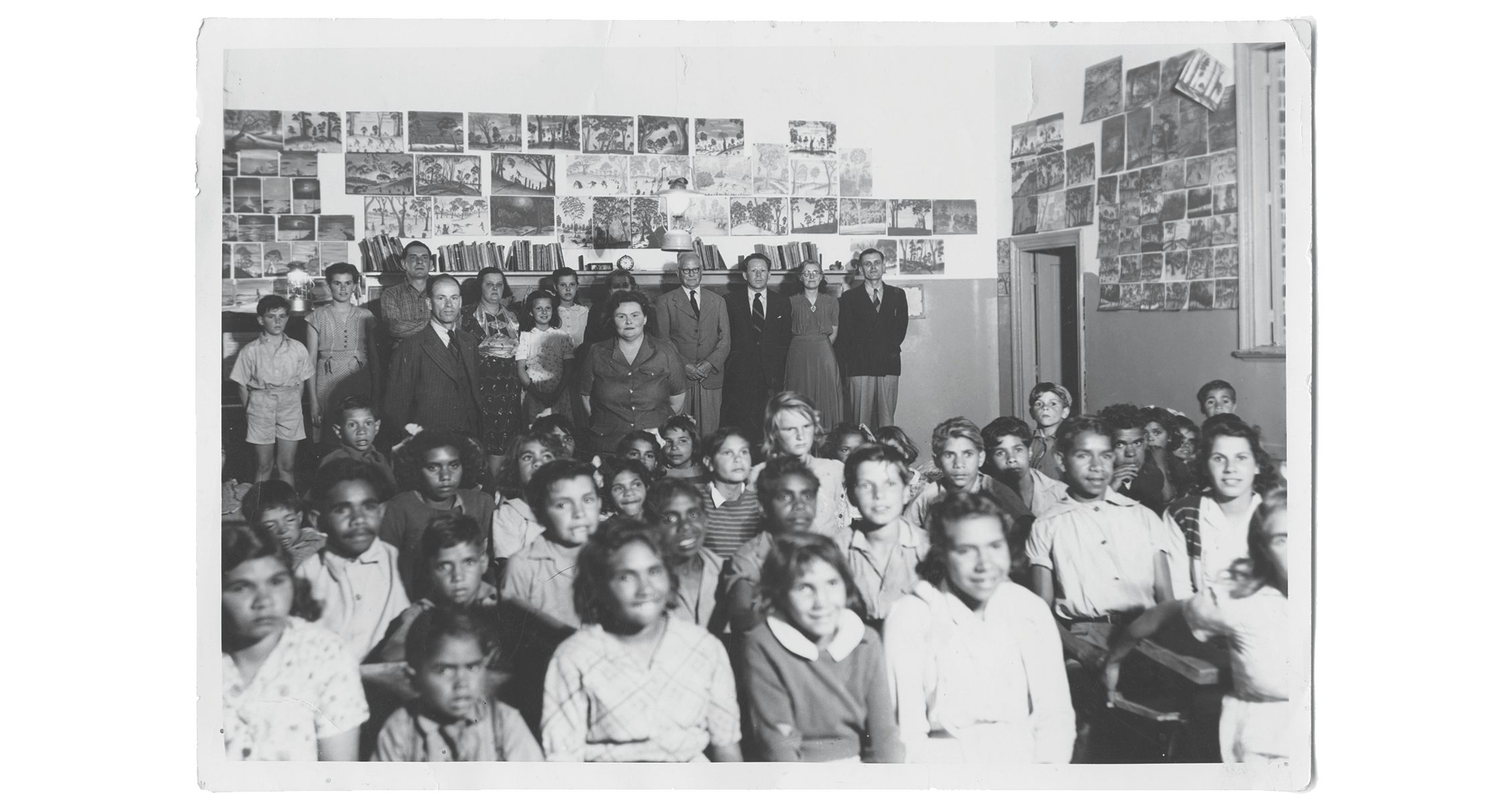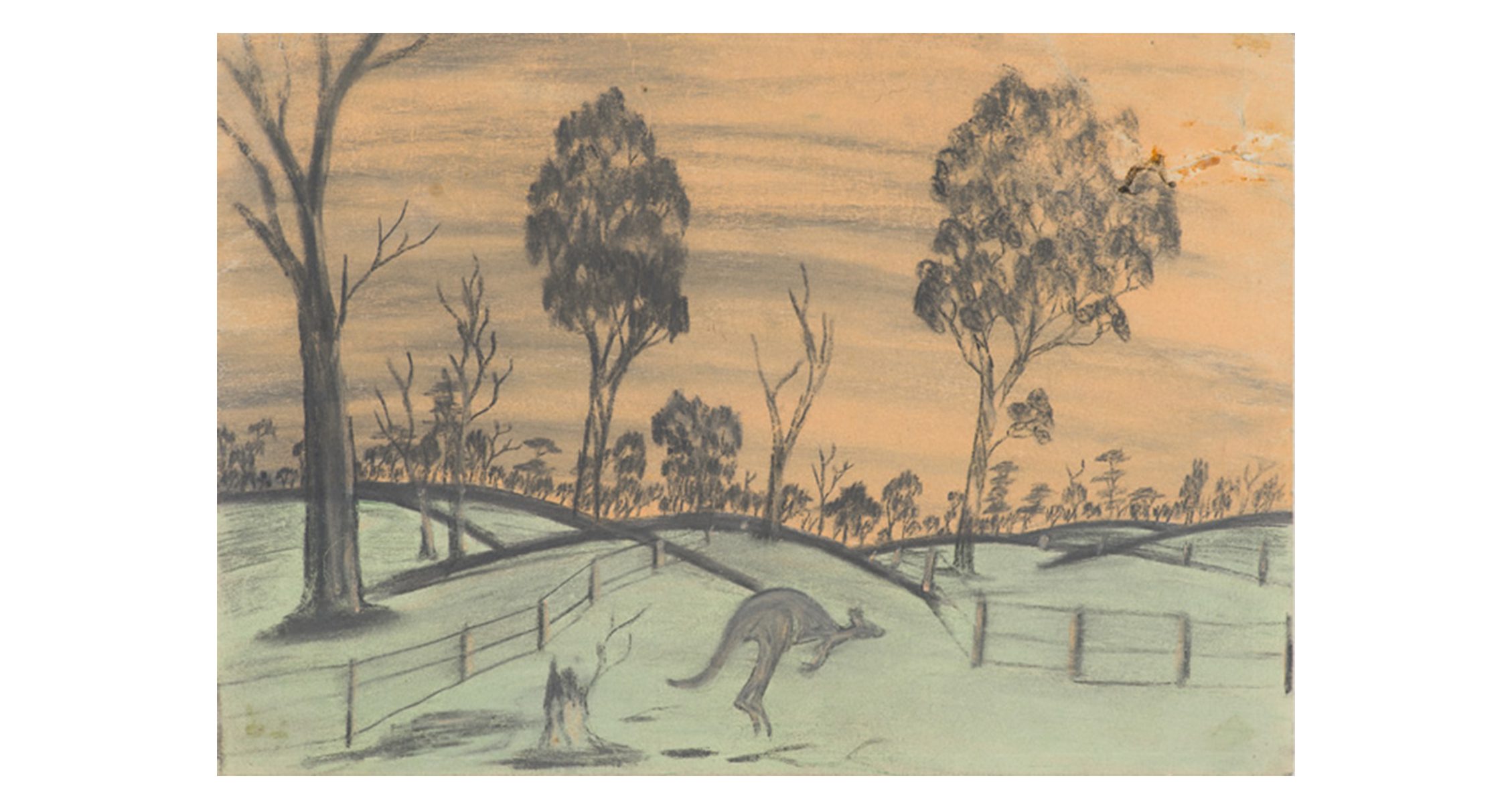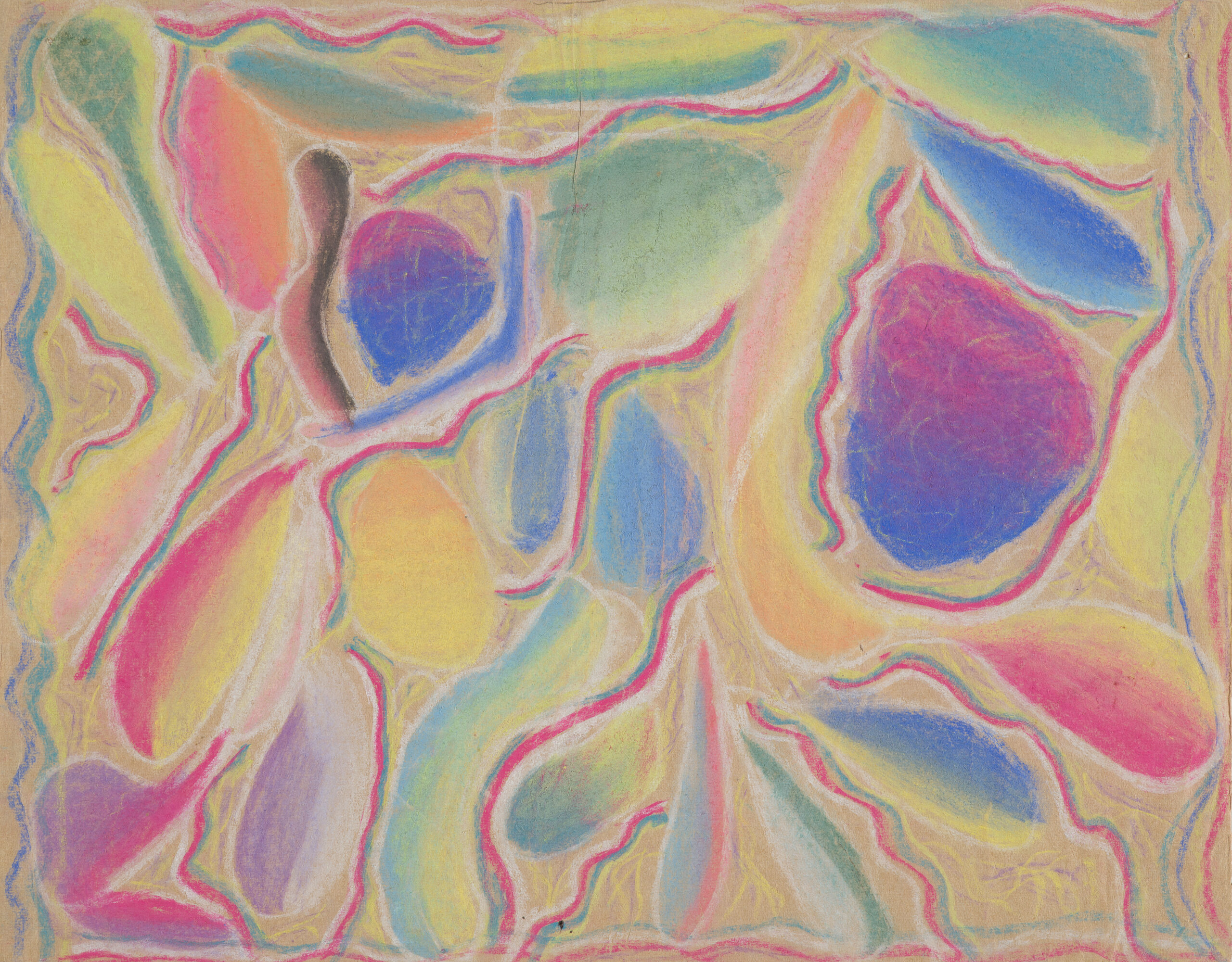The Story of Carrolup
The history of Carrolup began in Katanning, in the Southwest of Western Australia. Originally labelled as an ‘Aboriginal reserve,’ Carrolup is located 25 kilometres from Katanning town centre next to Carrolup river on Noongar country. From 1900 onwards, the WA Government hired a ‘Chief Protector of Aborigines’ to control every aspect of Aboriginal people’s lives. The settlement was managed by the Chief Protector and missionaries who would hand out rations and nurse the sick and elderly.
The introduction of the Aborigines Act of 1905 has left a shameful legacy in Australia’s history. The act enforced the assimilation of Aboriginal people and children, forcibly removing them from their families and culture to be educated on remote reserves and missions. A Superintendent was also appointed to supervise every reserve or mission for the distribution of funds for blankets, educational supplies, clothes and rations, if these were not spent, they were kept by the Department – an oppressive system that affected every aspect of Aboriginal people’s lives. The most significant clause in the 1905 Act, states:
“The Chief Protector shall be the legal guardian of every aboriginal and half-caste child until such child attains the age of sixteen years.”
This meant that every child that had an Aboriginal parent and non-Aboriginal parent would be removed from their guardians and placed under the supervision of the Chief Protector with the intention of assimilation. Any Aboriginal person who refused to agree to this act would be convicted as guilty, allowing police and government to incarcerate any Aboriginal person who fought for their human rights.
In the 1930s, A.O. Neville was appointed Chief Protector. He had a ‘comprehensive plan’ to assimilate and remove ‘light-skinned’ Aboriginal children from their culture, language and family. Carrolup School and the surrounding settlement was opened in April of 1940 to ‘resocialise’ Noongar children. In 1945, Noel and Lily White, married English teachers who had been working at Paynes Find in the Goldfields, were appointed to teach at Carrolup. The Whites moved to Carrolup in 1946 to begin working on improving conditions at the Settlement with better food, clothing and recreational activities like sports and music.

One morning, Noel witnessed a young boy named Parnell Dempster, sketching a gum tree in his schoolbook. Noel and Lily’s aims for the children were to ‘develop the expressive side of the children’s schoolwork by reawakening their love for drawing and design.’ Noel recognised this as a way of communicating with the children and to build trust. He would take the children out for walks in the surrounding bushland at dawn or dusk, asking them to observe the landscape in front of them and illustrate these observations through drawing back in the classroom. Noel White wrote to various venues in Katanning and Perth about exhibiting the artworks. Most notably was an exhibition at Boans Department store in Perth which displayed 450 Carrolup artworks. A photographer took photos of the artworks which were later made into four colour plates and printed in a fashion magazine titled Milady, published by The West Australian. This was the first example of the Carrolup artworks being reproduced in colour and printed for a local and national audience.
In 1949, this magazine feature caught the attention of a visiting Soroptimist, Florence Rutter. Rutter had come to Australia from London to establish Soroptimist clubs. Soroptimist International continues today and is known as a global volunteer organisation that provides women and girls access to education and training with the aim of achieving economic empowerment.
Perth was the first city she visited to establish a Soroptimist club when she discovered the Carrolup artworks. Rutter visited the school in July of 1949 and purchased a selection of drawings to exhibit across Australia and New Zealand, notably Adelaide, Melbourne, Sydney, Auckland, Christchurch and Tasmania establishing the ‘Aboriginal Children’s Trust’ from sales and donations. Before leaving Australia, she returned to Carrolup in 1950, purchasing a larger collection of drawings (now known as The Herbert Mayer Collection of Carrolup Artwork) to exhibit across the United Kingdom and Europe. By 1950, girls at Carrolup had been removed from the school and moved to nearby missions, such as Wandering mission. The Carrolup school was abruptly closed in 1951 due to the Department of Native Affairs and the Commissioner altering the purpose of the school to focus solely on rural and technical training facilities for young men and boys. The closure displaced the children to various surrounding missions with several boys being relocated to work in Perth at the Department of Native Affairs while others remained at the settlement, which was reopened as the Marribank Farm School in 1951 but was closed by 1952. Marribank re-opened under the Baptist Union in late 1952. Until 1963, children and young people at Marribank were under the guardianship of the Commissioner of Native Affairs and Native Welfare.

In 1956, Rutter sold her collection of 127 artworks to Herbert Mayer, a lawyer, television industry pioneer and art lover who was on the cusp of opening his own art gallery in New York called World House Galleries. Rutter who passed away in 1958, donated the funds from the sale to the Coolbaroo League’s Hostel Fund (also known as the Hostel for Original Australians) run by the Native Welfare Council. Many Carrolup boys and girls attended dances at Coolbaroo during the 1950s. Later, Allawah Grove would be established offering housing for the Aboriginal community.
In 1962, Herbert Mayer showcased the Carrolup artworks twice at World House Galleries, with two exhibitions of international child art. In 1966, Mayer closed World House and donated 2,000 artworks and objects to Picker Art Gallery at Colgate University in New York where had studied for many years. The box of drawings sat in storage, labelled as ‘Australian drawings.’ They remained undiscovered for decades until 2004 when visiting Professor Howard Morphy from the Australian National University (ANU) was presented the box while visiting to view Yolngu art and artefacts. Morphy was one of very few people in Australia who was aware of the lost art collection as he had worked with Professor John Stanton, the former Director of the Berndt Museum at the University of Western Australia.
The following year in 2005, a small Western Australian delegation, comprising of Noongar Artist Athol Farmer and Marribank Elder, Ezzard Flowers travelled across the world to view the drawings with Professor Stanton. It took almost 10 years to officially return the works to Noongar Boodja through a Memorandum of Understanding (MoU) between Colgate and Curtin University. In 2013, the artworks arrived, and a smoking ceremony was held at the Centre of Aboriginal Studies at Curtin by Elder in residence, Simon Forrest.
In 2023, we celebrated the 10th anniversary of the artworks returning to Noongar country at John Curtin Gallery.
Header Image: Once known child artist, Untitled (detail), 1946-50, pastel and charcoal on paper, 17.1 x 24.9. Curtin University Art Collection. The Herbert Mayer Collection of Carrolup Artwork was donated for educational and research purposes by Colgate University, Hamilton, New York, USA in 2013.


